
The Beginner’s Guide to Cookware Materials
Cookware isn’t just a tool. It’s the foundation of every dish. The right pan gives you control over heat, texture, and flavor. The wrong one can scorch delicate ingredients or leave food stuck to the surface. Cast iron holds heat like nothing else and is perfect for searing. Stainless steel delivers precision and durability. Copper reacts instantly, making it ideal for sauces. Each material has a purpose. Knowing when to use the right cookware materials makes all the difference.
The Differences in Cookware Materials
Aluminum
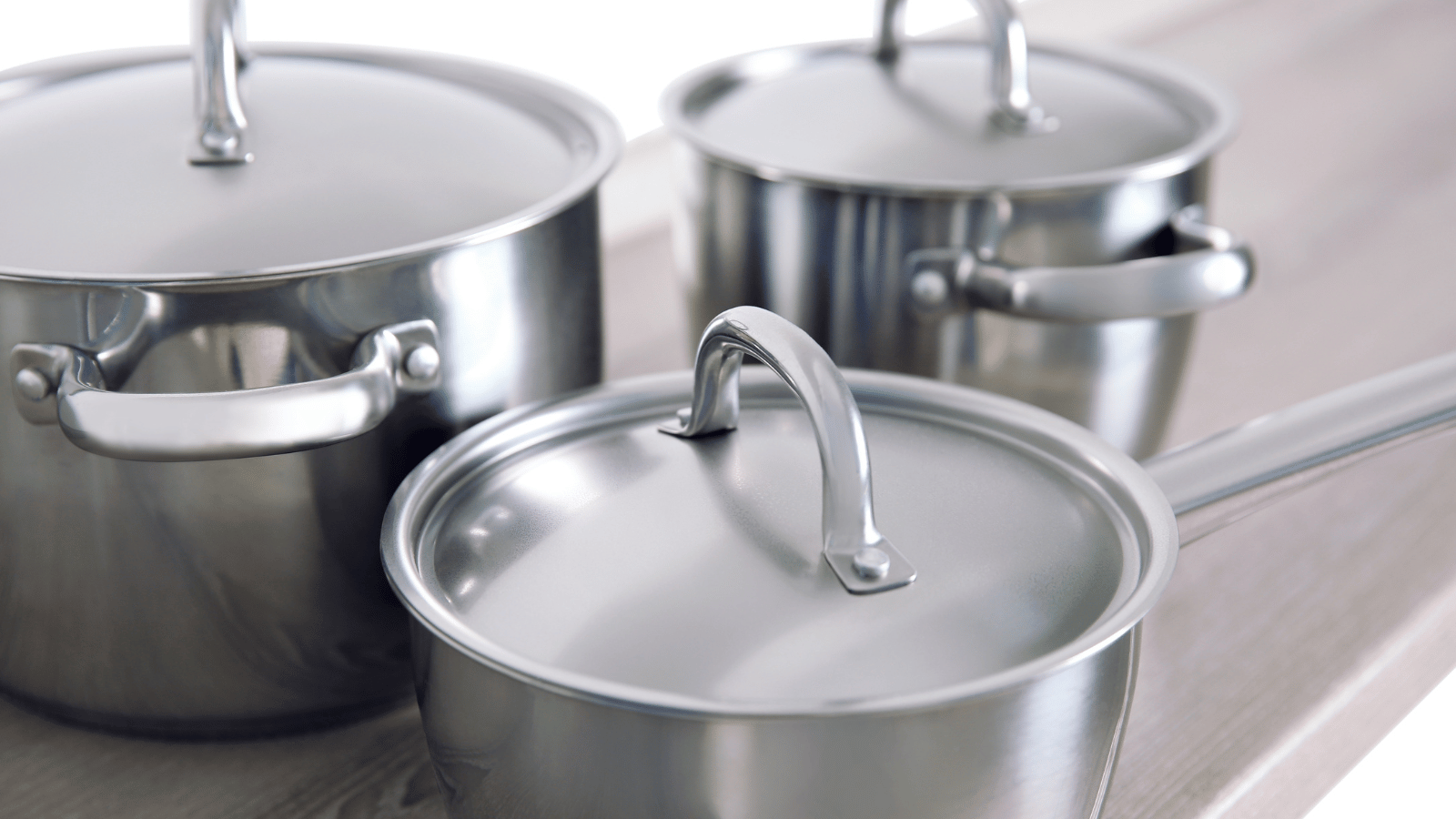
Aluminum heats fast and evenly, making it a kitchen workhorse. It’s lightweight, affordable, and easy to handle. But it has its limits. Acids like tomatoes, vinegar, and citrus can react with aluminum, altering flavors and even discoloring the food. While it’s great for quick, high-heat cooking, extreme temperature swings can cause it to warp. If you’re working with acidic ingredients, you’ll need a coated or anodized version to avoid unwanted reactions.
Stainless Steel
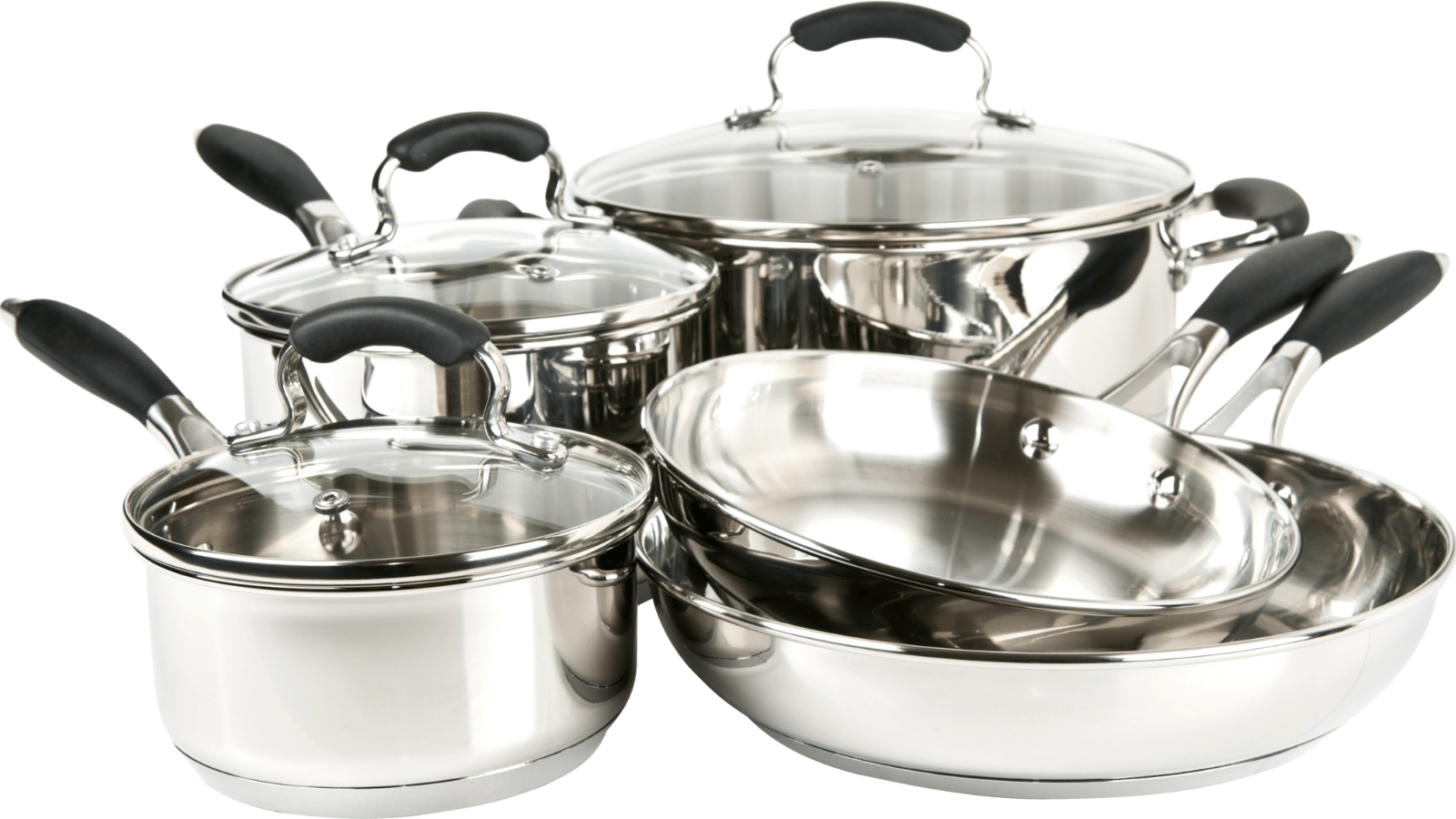
Durable, versatile, and nonreactive, stainless steel is a staple in professional and home kitchens alike. It’s tough enough to handle anything, from high-heat searing to deglazing for rich sauces. Unlike some materials, stainless steel won’t react with acidic foods, making it a safe choice for any dish. It’s also induction-friendly, oven-safe, and dishwasher-compatible. The downside? It’s not the best heat conductor, so it takes longer to warm up. And unless it’s properly preheated and oiled, food can stick, making cleanup more of a challenge.
Nonstick

For delicate foods like eggs, fish, and pancakes, nonstick cookware is the go-to. It prevents sticking, reduces the need for excess oil, and simplifies cleanup. But not all nonstick surfaces are built to last. Over time, chipping and scratching can compromise the coating, exposing food to unwanted chemicals. Most nonstick pans perform best at low to medium heat—cranking up the temperature can cause the coating to break down. With proper care, nonstick cookware can be a reliable kitchen essential, but it won’t outlast materials like stainless steel or cast iron.
Copper
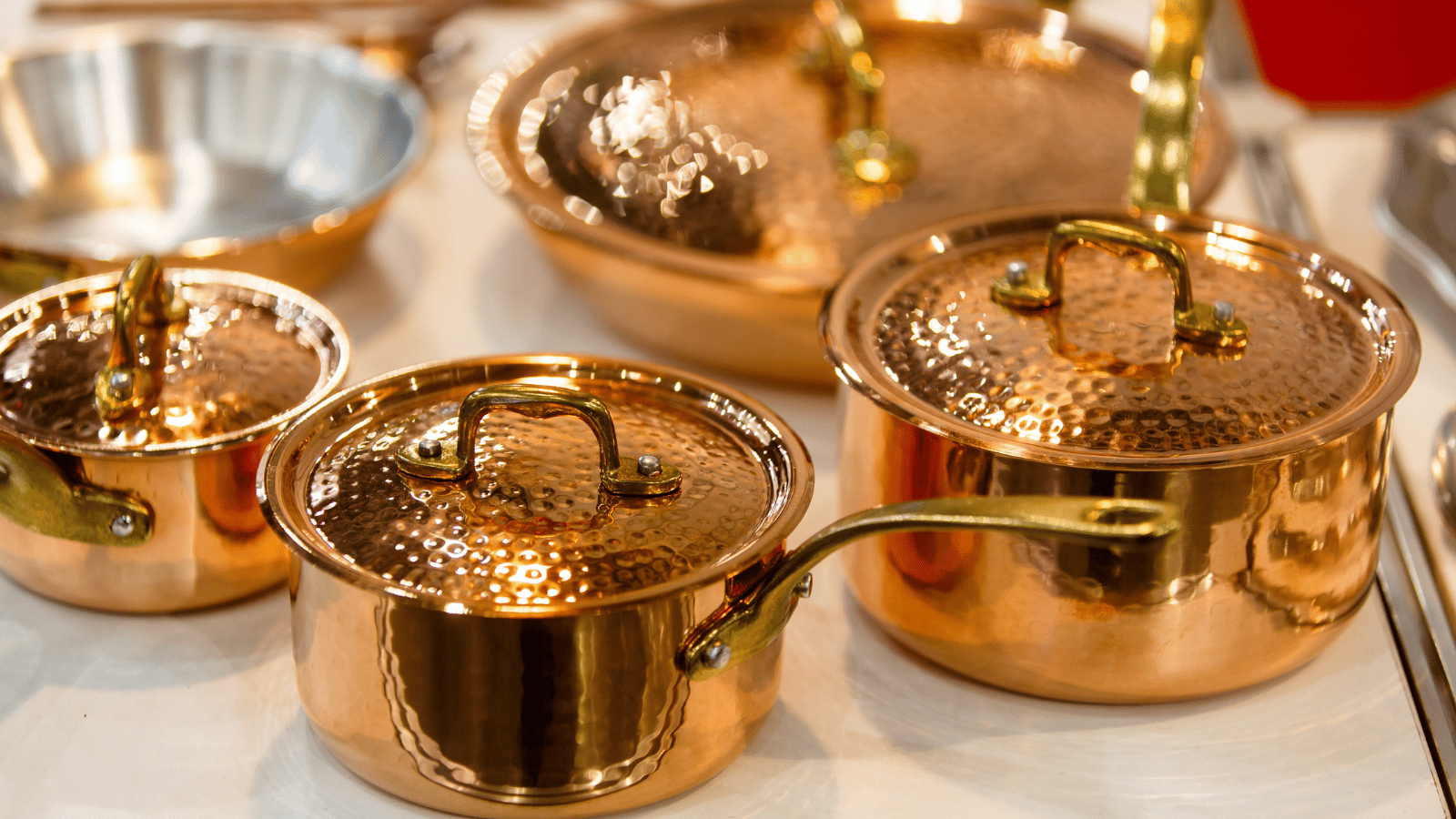
Copper is the undisputed champion of heat control. It responds instantly to temperature changes, making it the preferred choice for precision cooking. That’s why it’s a favorite for sauces, sugar work, and delicate proteins. But copper on its own can react with certain foods, which is why most copper cookware is lined with stainless steel or tin. It also requires regular maintenance to prevent tarnishing. While it’s an investment, the performance and aesthetic appeal make it a prized addition to any kitchen.
Ceramic
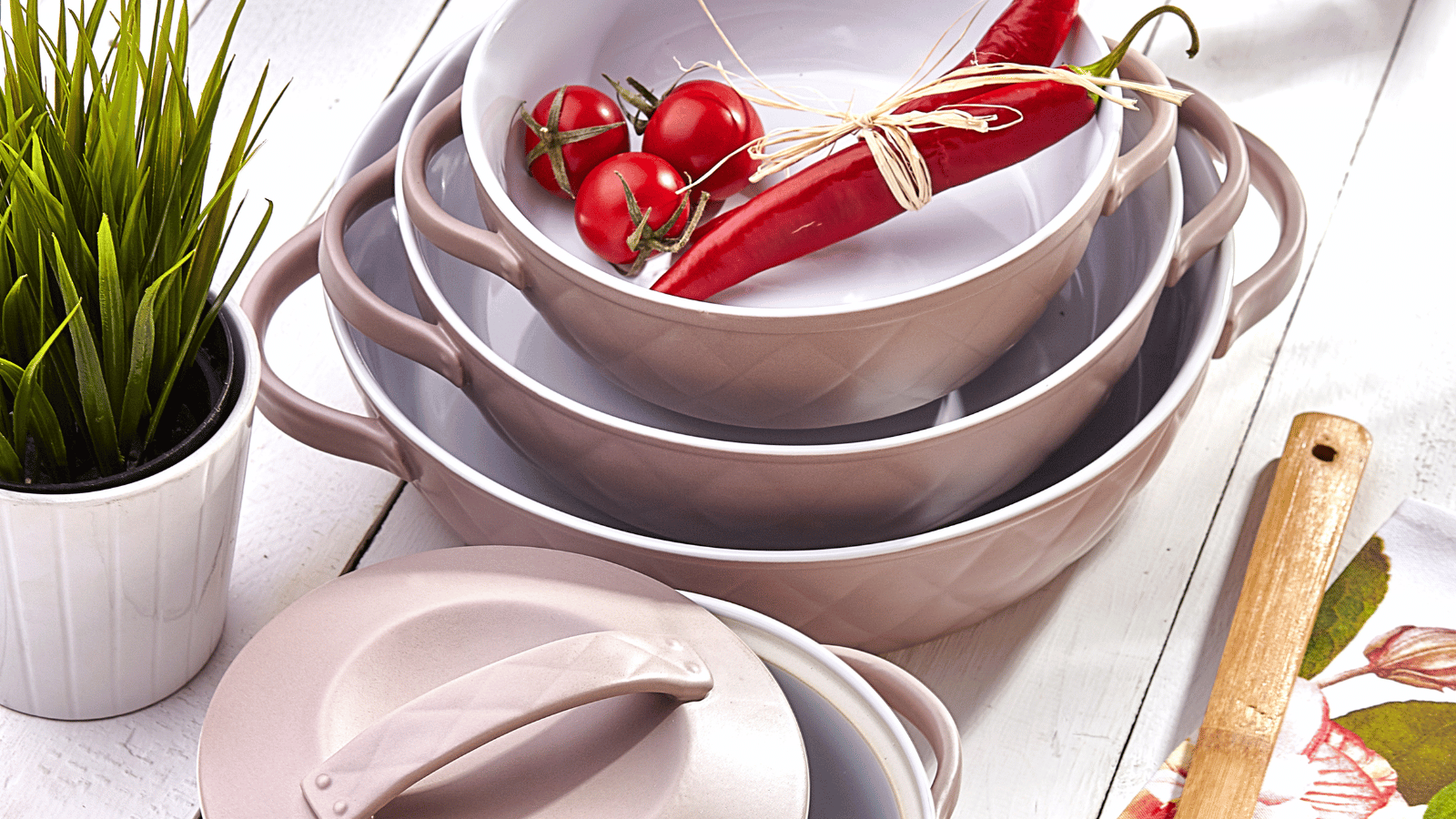
Ceramic cookware is as beautiful as it is functional. It’s naturally nonstick, free of synthetic coatings, and safe for all types of food. It holds heat well and won’t react with acidic ingredients. The tradeoff? It heats up slowly, so it’s not ideal for high-heat searing. And like anything ceramic, it’s fragile. Chipping and cracking can shorten its lifespan, so careful handling is a must.
Cast Iron
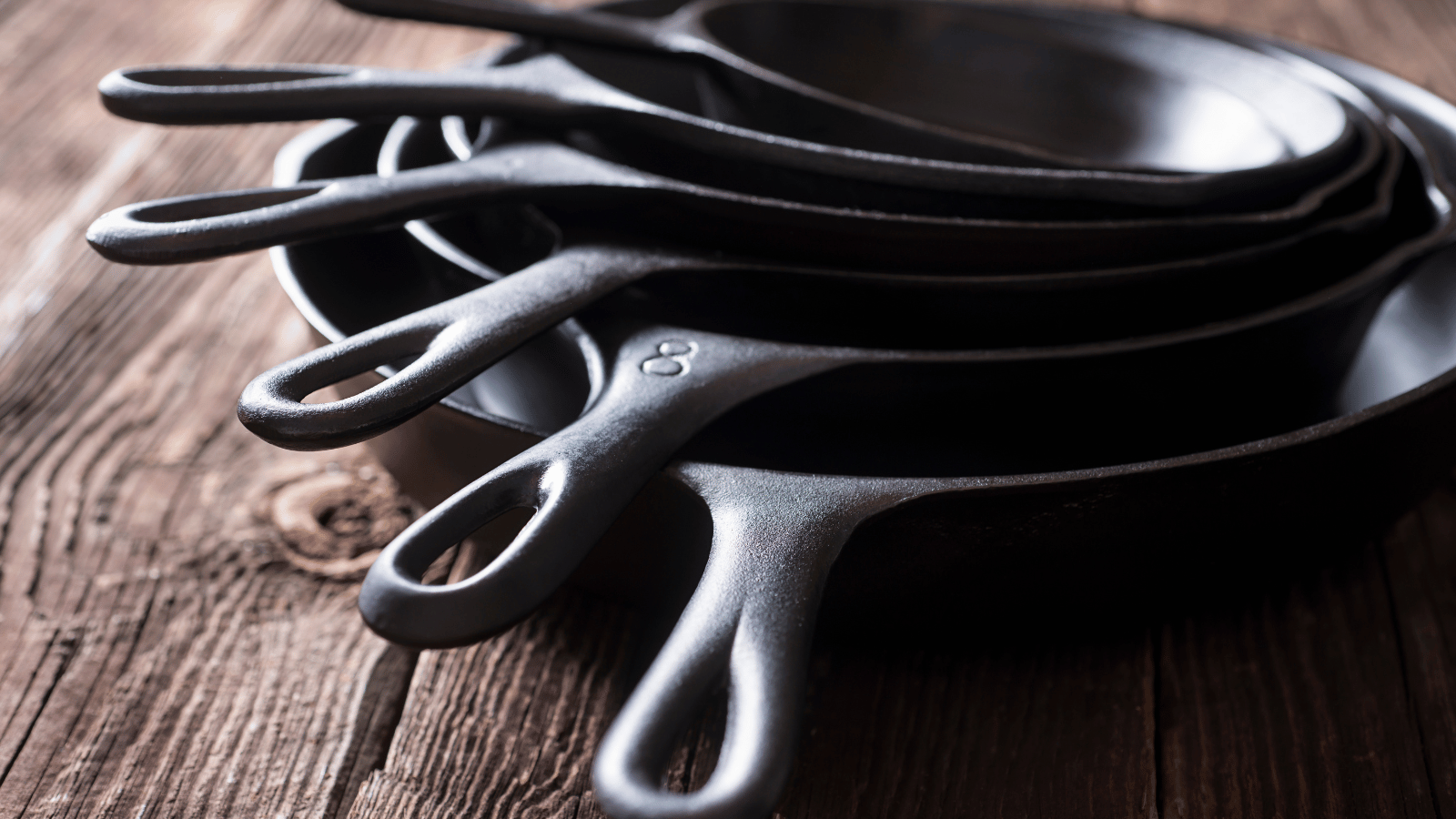
Built to last a lifetime, cast iron is known for its incredible heat retention. It takes time to warm up, but once it does, it maintains consistent heat, making it perfect for slow cooking, frying, and baking. A well-seasoned cast iron pan develops a natural nonstick surface over time. Enameled versions skip the seasoning step and add a pop of color to the kitchen. The drawbacks? Cast iron is heavy, requires regular maintenance, and takes longer to heat up than other materials. But for those willing to put in the effort, it’s a kitchen essential that only gets better with age.
The Bottom Line to Choosing Cookware Materials
Every cookware material has its strengths. Some excel in heat control, while others are built for durability or convenience. The key is choosing the right tool for the job. Want expert advice? Visit the Alto-Hartley showroom and let our team help you find the perfect cookware for your needs.

